Archive
2020
KubaParis
Bracket Sentiment And The Technicolor Yawn




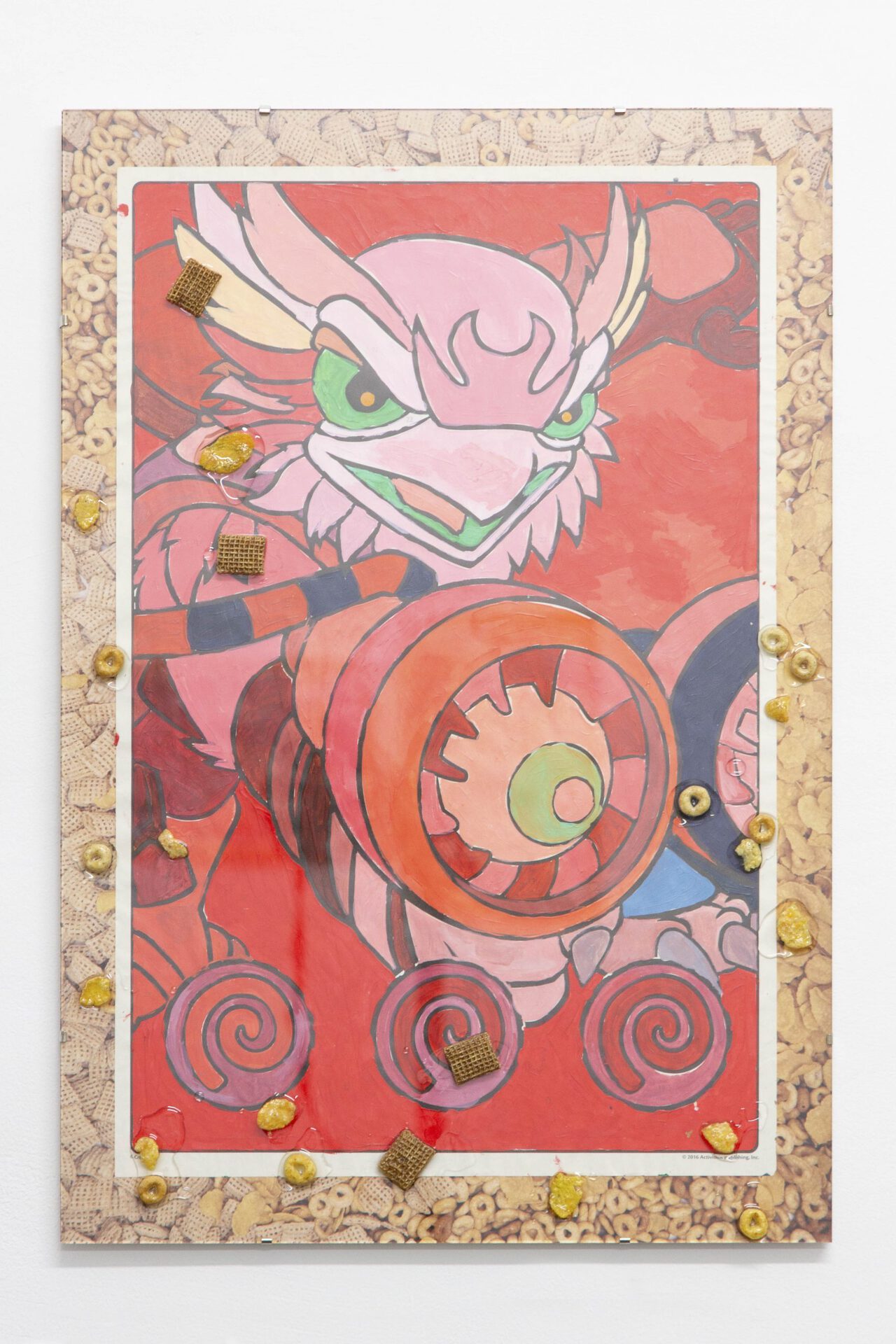

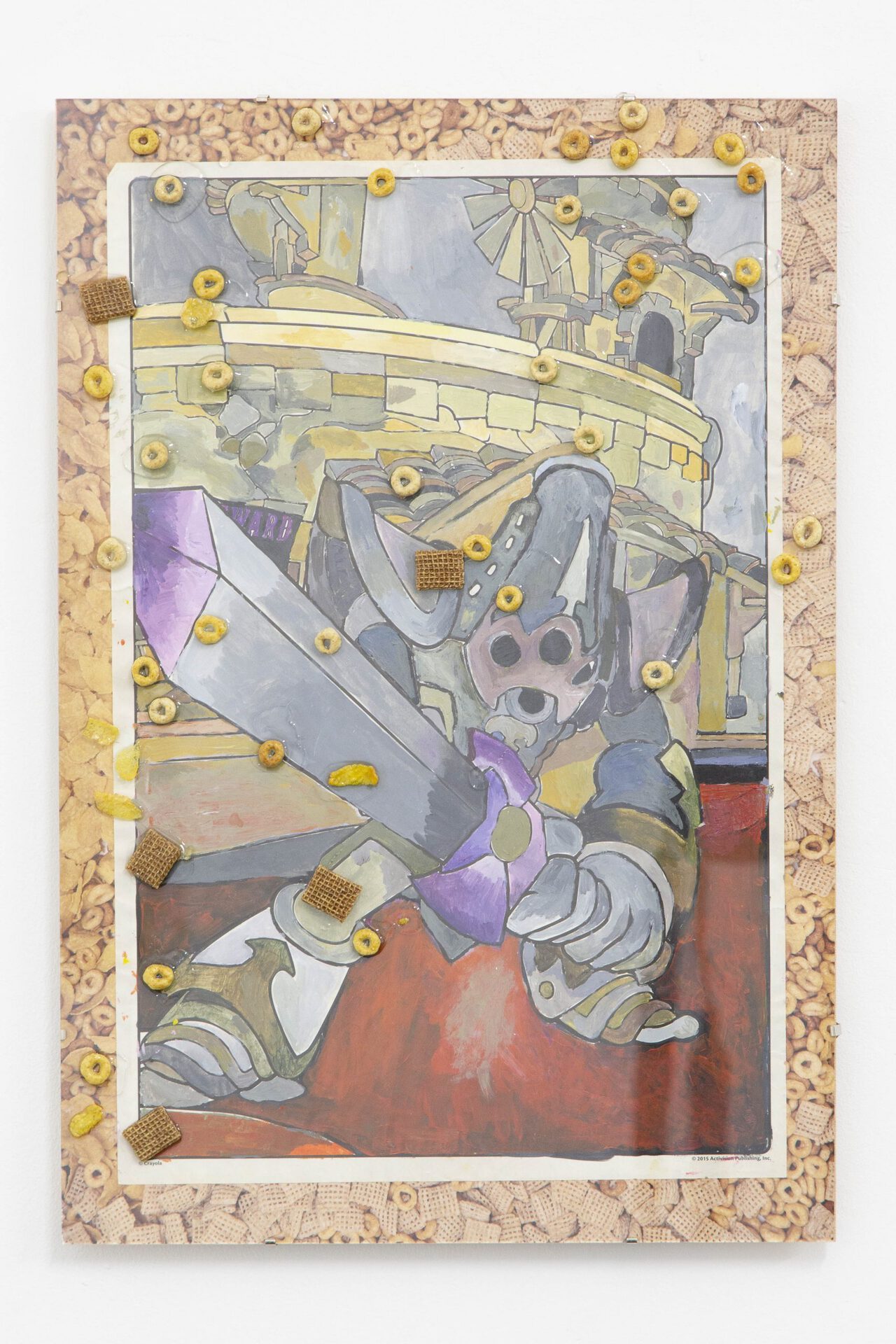
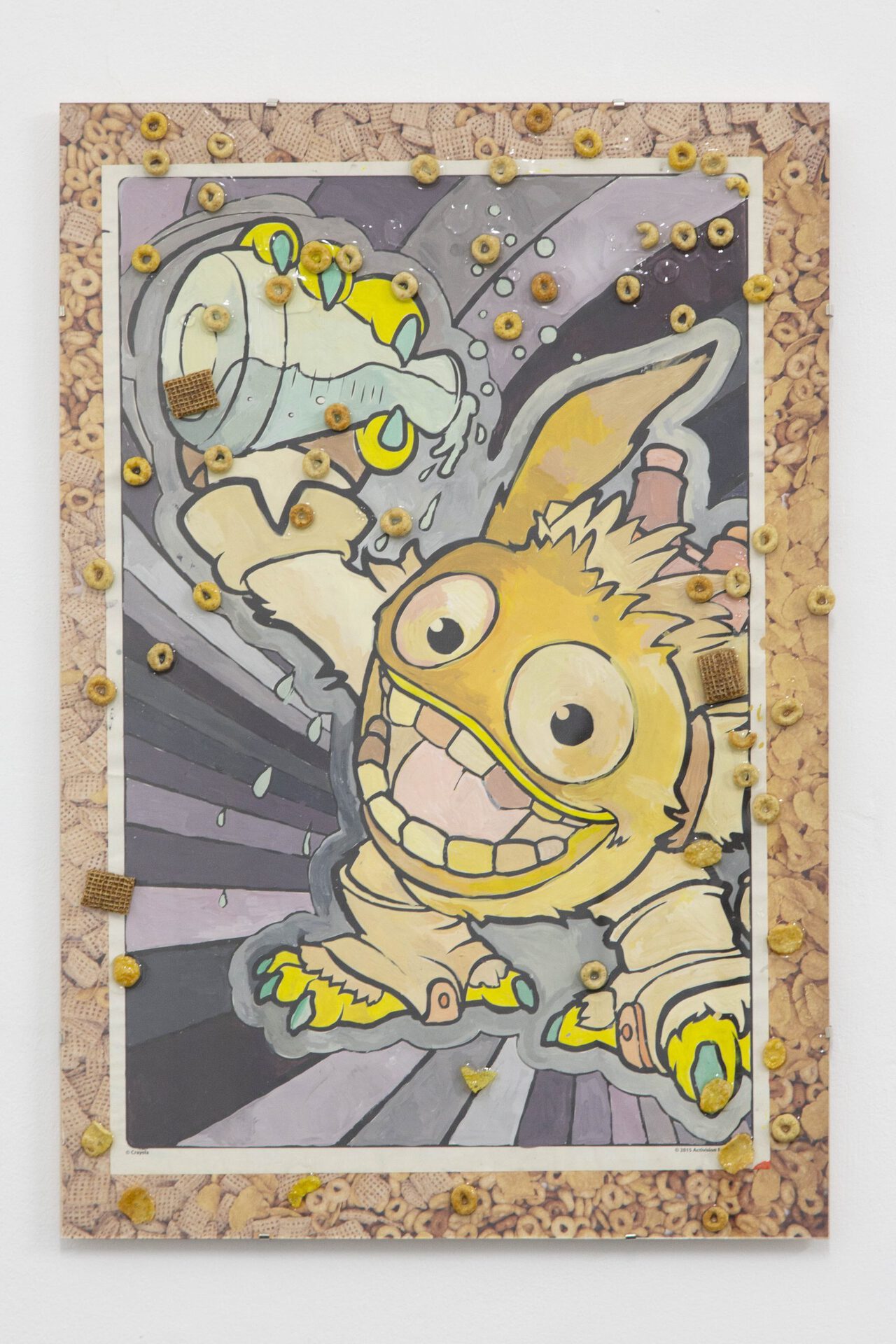

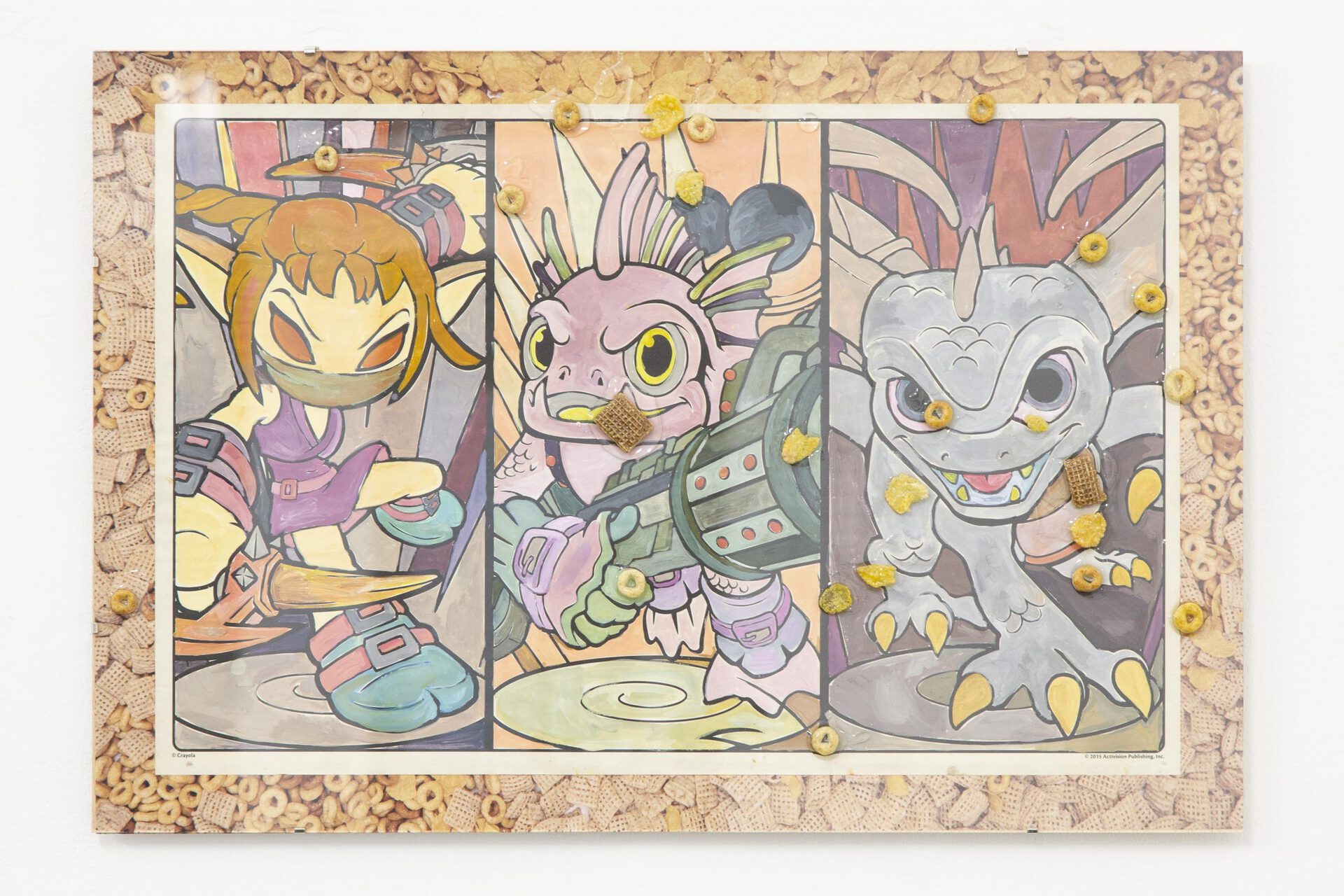
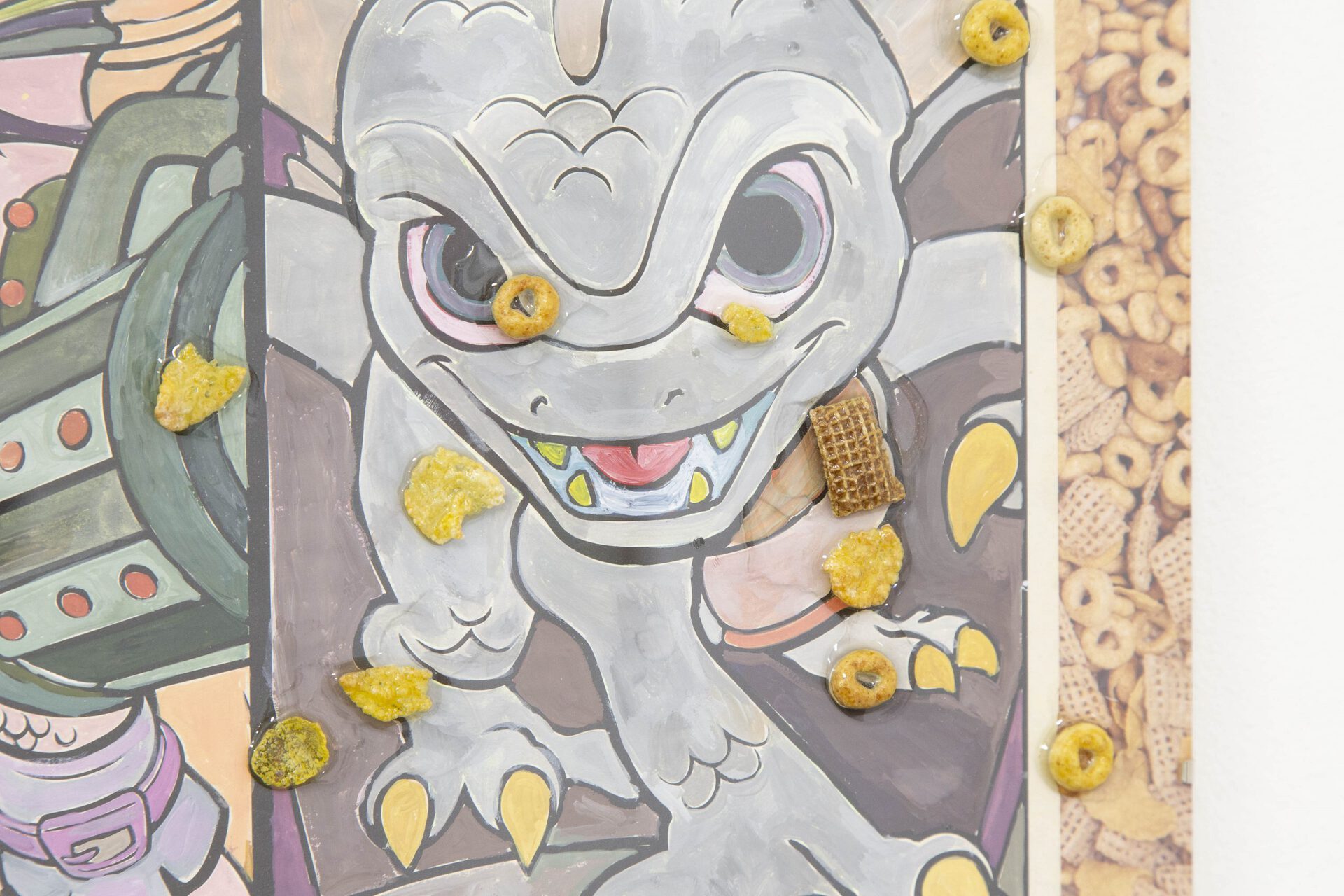
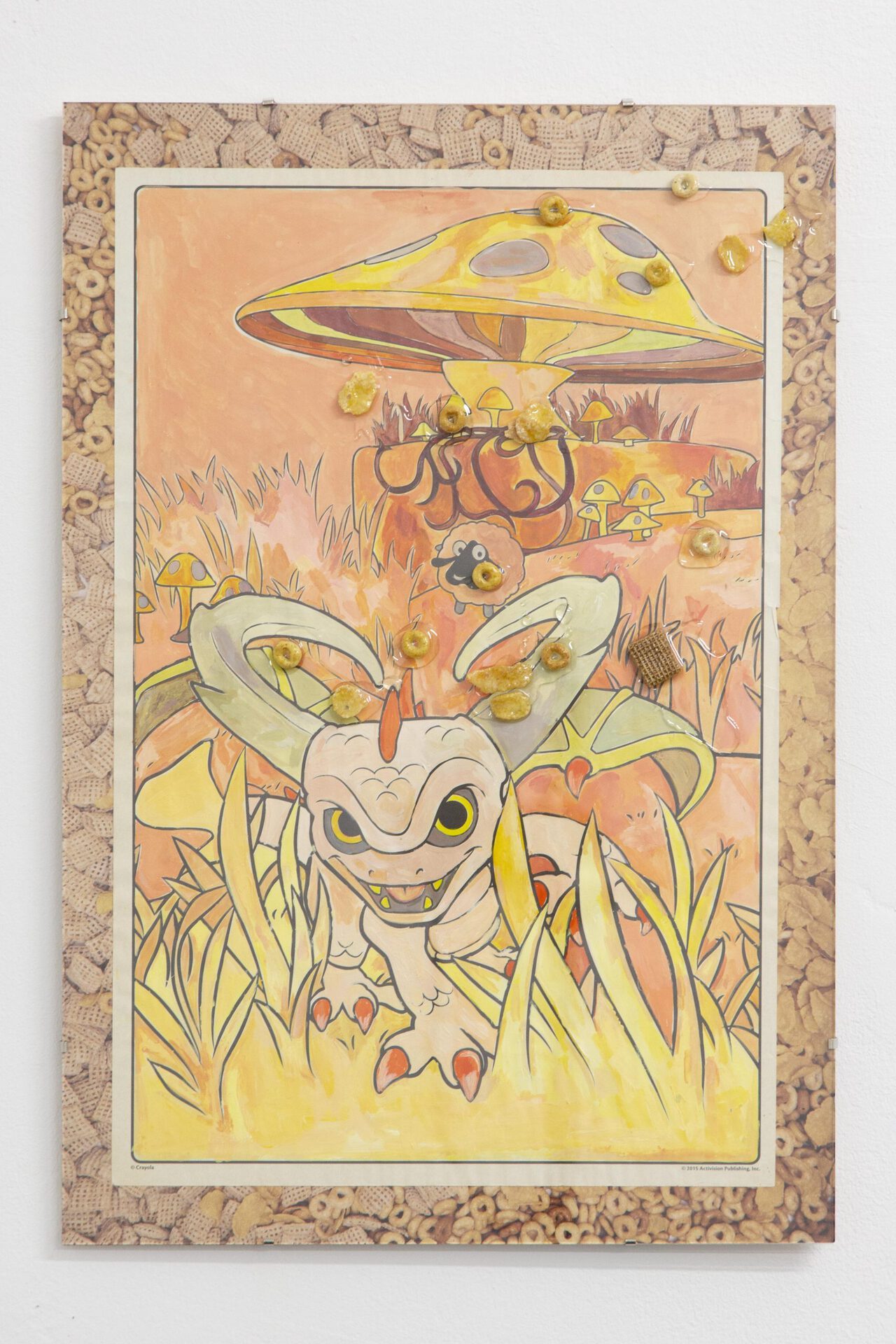




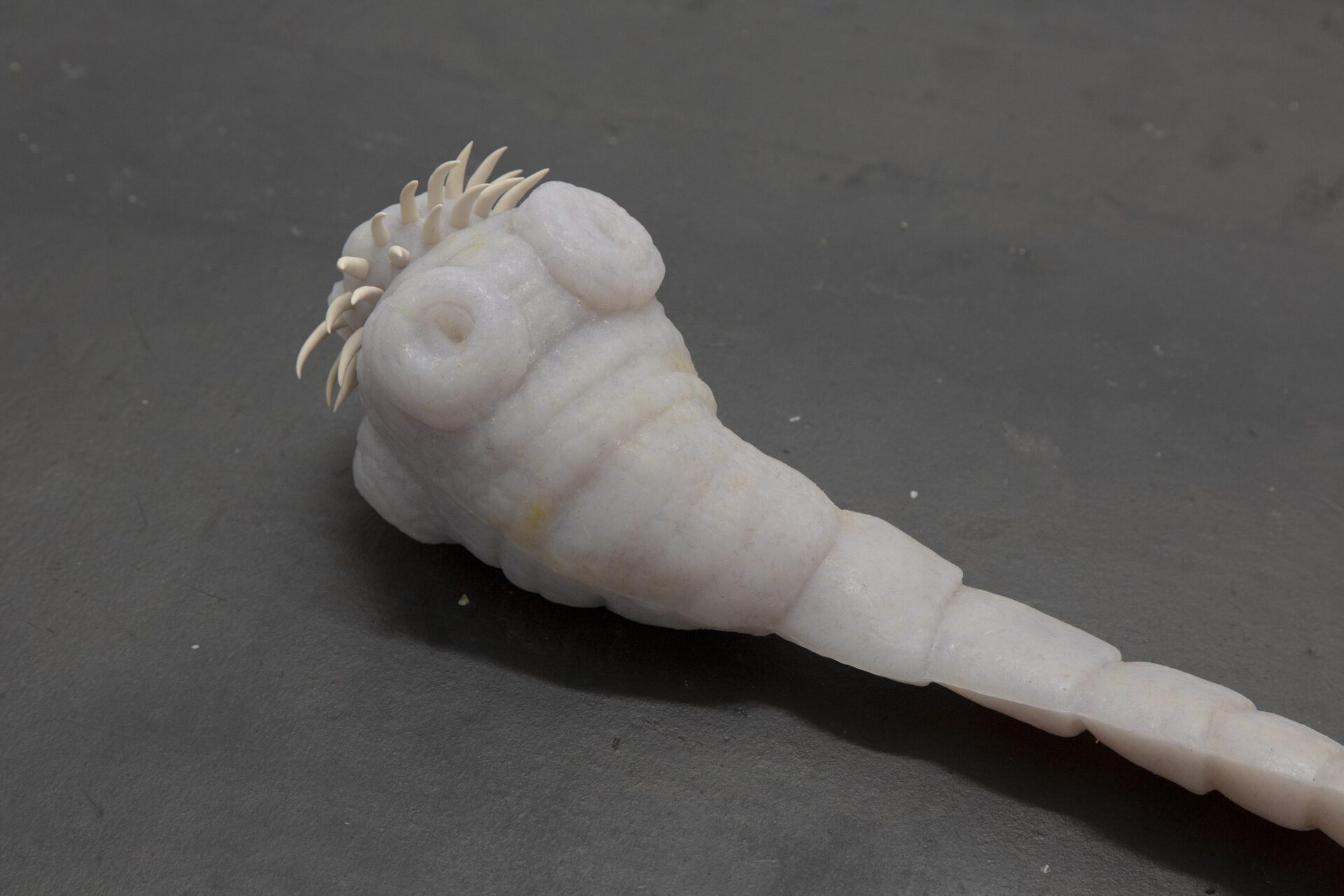

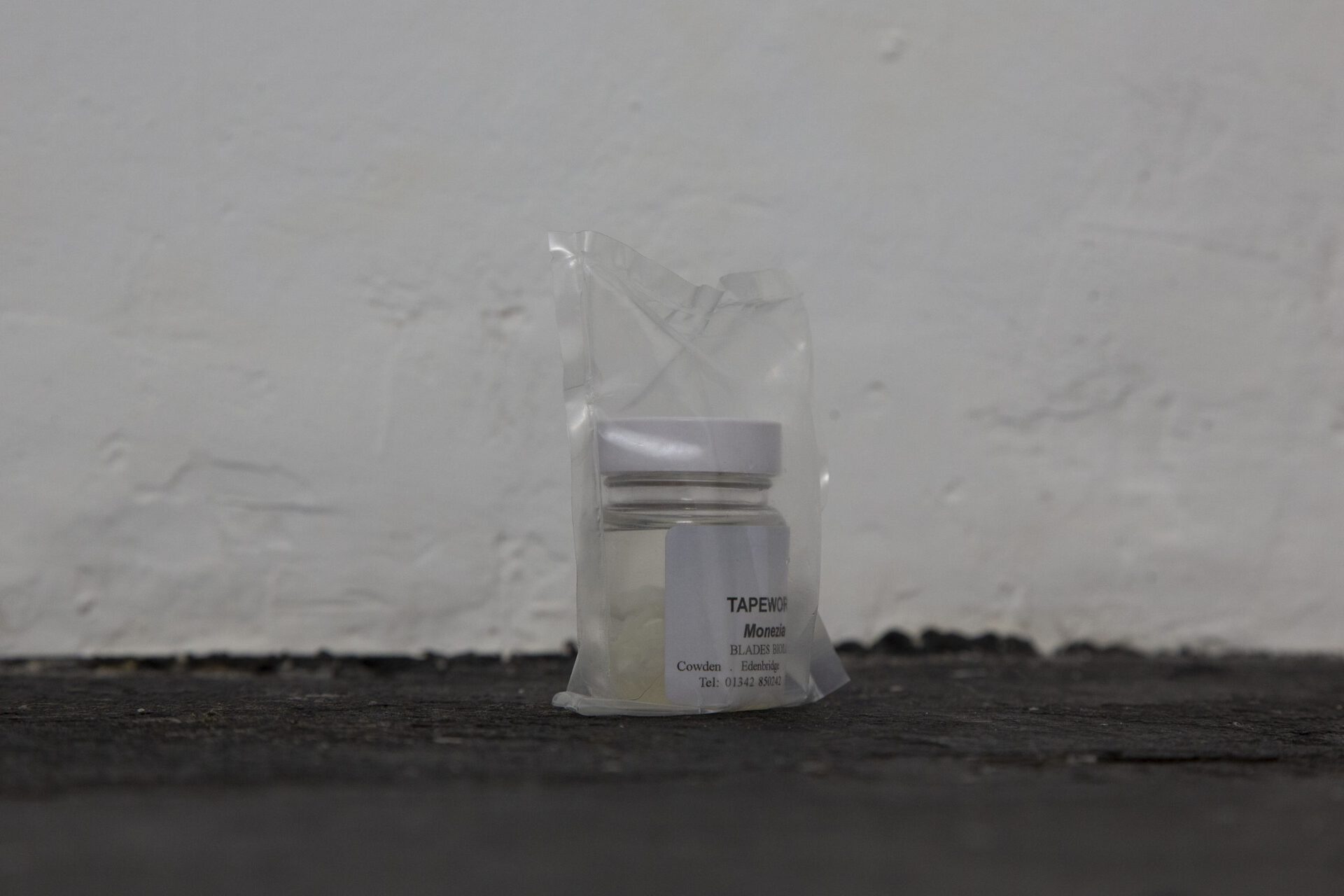
Location
ShoreDate
04.09 –23.10.2020Curator
Steph KretowiczText
Here is a cestode. A tapeworm. It glows like the MRI scan on which it was modelled, its sickly silicone body, gin-blossomed like broken capillaries. The seeming smile on its scolex (or, ‘head’ to humans) has the effect of pareidolia, the illusion or perception of vague or obscure stimulus as something clear and distinct. This sculpture is bigger than the dead specimen nearby, but its smaller than the 100-foot Tetragonoporus calyptocephalus—alive and living only in the bowels of a whale, or the depths of our imagination.
A cestode is a ribbon-like parasitic worm that infects animals and humans through food and poor hygiene. It attaches its four-sided knob of a scolex via hooks to its host’s intestine. Gutless, with no mouth, its short neck and segmented hermaphroditic body is not fixed. It can grow and reproduce for years, with few or no symptoms of its presence. Then, abdominal pain, diarrhoea, weight loss. Tapeworm eggs might have been marketed as a Victorian diet. Sanitized and jar-packed: “No ill effects!"
Anorexia is an emotional disorder characterized by distorted body image, excessive fasting and a desire for physical transcendence. You can hear a recording of Sophie Serber running on a treadmill in Bel Air. Her body becomes a site of entropy, wasting away with the memory of her childhood trauma, recited out loud in disordered words. The instrumentals are 12-minutes of squeaking, soupy percussion that sounds like sex. Nauseous, squeamish and horny. Its vocals are the artist breathlessly making sense of a nonsensical text, disfigured by inaccurate speech recognition software, and processed four times in as many years. It elicits the emotional ambivalence of fascination and disgust—the conflicted response to eroticism and moral judgement.
The version you’re listening to wasn’t recorded while Serber was being fucked but the first one was, even if it doesn’t sound like it. Not Remain (2016) and its heavily pitched and distorted voice confounds preconceptions of what sex sounds like, while picking at the scab of an unidentified psychological trigger. A version of the writing appears on that same year’s Fourth Battery exhibition in the form of a cake. Its perishable materials are listed as “eggs, butter, flour, milk, powdered sugar, frosting”, while its display at a medieval meat market in Middelburg makes it feel contaminated. There are too many people around. They’ve touched it. The cake is rendered gross.
There’s something about food being where it’s not supposed to be. Peanut butter smeared on the wall of a classroom for Gravity Sucks (2017). Peanut butter smeared over three wall-hung bike helmets in a private apartment art space for Gravity Sucks Again. You can spread it on bread with a knife, or spoon from a jar, but don’t touch it with your fingers, or lick it off polycarbonate plastic. It’s bad for you.
The first sign of tapeworm infection could be in the whitish, rice-like proglottids in the stool. The memory of the yukky-tasting, sickly-pink deworming drugs for kids fade into a forgotten childhood of colouring books and soggy cereal. The pill tastes bad but that’s a gross that’s good for you. The parameters of understanding good versus bad, healthy versus unhealthy, abuse versus discipline, are indeterminate. A child colours in the lines that separate her subjectivity from her environment, while unaware of the parasite hidden within. Her experience, her trauma, contained in the mass-produced universality of the colouring book. But where does the tapeworm end and the body begin?
Appendix (Food for thought):
Sometimes Sophie Serber thinks the words ‘control’ and ‘understanding’ are the same thing. But while it’s often hard for her to understand, it doesn’t stop her from taking control. For every action, there is an equal and opposite reaction but Serber’s comprehension of cause and effect is confused, ambiguous. Her attitude, her understanding that consists of her belief system is much like a spleen; an appendage, an appendix. We all know the organ is there but no can agree on what for. Language labels it an afterthought. Words are there to break things down to consumable containers of information so as not to overwhelm the system. They’re good for digestion.
Steph Kretowicz
Steph Kretowicz